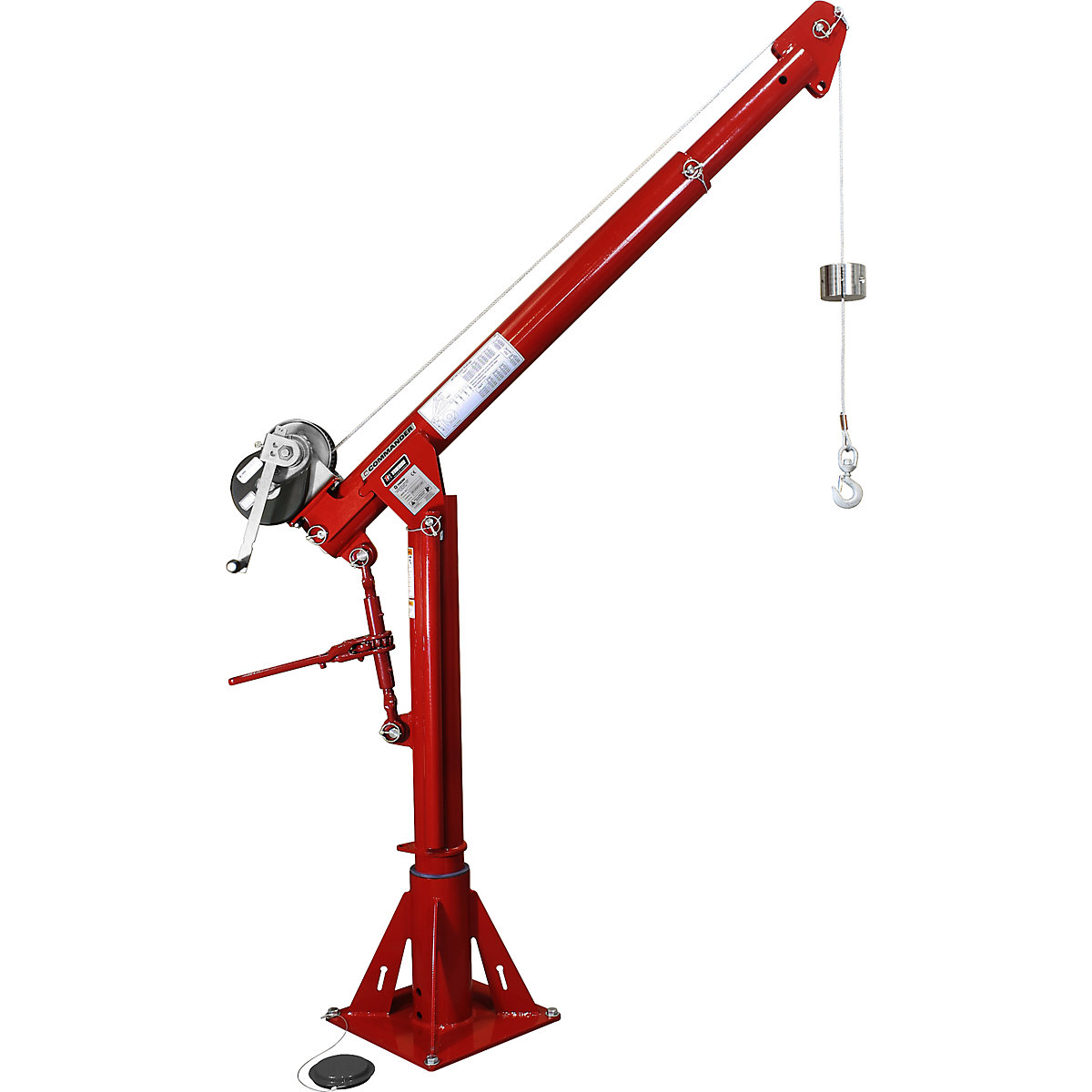Information on EUR pallets
A EURO pallet is a reusable four-way entry flat pallet made of wood, which is manufactured, inspected and labelled in accordance with the following stipulations.
Labels
EUR pallets must bear the following symbols on the runner boards on both long sides:
- On the right runner board - the EUR registered trademark
- On the centre runner board - the IPPC compliant ISPM 15 designation and the label of the authorising railway company, and the manufacturing code
- On the left runner board - the registered trademark of the European Pallet Association EPAL




The manufacturing code 000-0-00 indicates the approved manufacturer in the first group (digits/letters), and the last digit of the year of manufacture and the month of manufacture in the second group.
- Standardised nail pattern
- Chamfered floorboards
- No mildew
- All EPAL approved EUR pallets bear a graded inspection seal with the EPAL quality symbol
- After successful repair, the EPAL approved EUR pallets are fitted with the special EPAL repair nail symbol
- The symbols must be completely burned into the wood.
Approved types of wood
Coniferous wood (1)
fir
spruce
pine
Deciduous wood
Softwood
alder
birch
poplar (1) + (2)
Deciduous wood
Hardwood
oak
ash
beech
elm
acacia
maple
sycamore
European chestnut
(1) With coniferous woods and poplar, the width of the annual rings, measured at 10 rings, may not be more than 7 mm on average.
(2) Not permissible for cross boards
Other types of wood are only permissible if they posses, as a minimum, the same mechanical properties as the types of wood listed in the table. Derived timber products (min. density of 600 kg/m³) are only permissible for certain components.
Wood quality
The wood must be free of any traces of wood preservatives.
The following are unacceptable:
- Decay (mildew, fungus, dry rot)
- Bark inclusions
- Active insect infestations
All boards must be cut from a single piece. The boards on the loading deck and underside of the pallet must be rough (not planed).
Moisture content
The moisture content of wood may not exceed 22 % of the weight of the dry wood (dry wood weight).
ISPM 15
All EUR pallets manufactured since 01/01/2010 have been treated in accordance with ISPM 15. An EUR pallet treated according to ISPM 15 can be recognised by the branding on both centre runner boards on the long side. A branded label according to ISPM 15 on both centre runner boards on the short side is also possible.
Max. load
Dull edges
If oak is used, dull edges are not permissible. For other types of wood, dull edges are acceptable on 2 edges of each part, under the condition that they do not have any bark, are on the top and do not exceed 15 mm when measured transversely. They are not allowed for use as cross boards, centre floor boards or on any outside edges of the top or bottom deck.
The EUR pallet is designed for the following loads when supported in shelving units or on the forks of a forklift/pallet truck:
- 1000 kg, (nominal load) if the load is not uniformly distributed on the deck of the pallet
- 1500 kg, if the load is uniformly distributed on the deck of the pallet
- 2000 kg, if the load is in a compact form, evenly distributed and lies flush on the entire surface area of the pallet deck
When stacked, the max. load of the bottom pallet is 4000 kg, as long as it is positioned on a level, horizontal and rigid surface, and the stacked load is also horizontally positioned and covers the entire surface of the deck.
Europe wide Pallet Exchange criteria (excludes UK)
If EUR pallets have one or more of the following types of damage, they cannot be exchanged and must be repaired according to the provisions of UIC specification 435-4.
Generally poor condition:
- The max. load can no longer be ensured (rotten, decayed, heavily splintered).
- It is so heavily soiled that goods will be contaminated.
- Heavy splintering is evident on multiple runners.
- It is obvious that unacceptable components have been used (e.g. thin boards, runners that are too narrow).
Provisions of repair
A board on the top or bottom deck is so splintered that more than one nail or screw shaft is visible.

The EUR marking on the right or the railway company symbol on left is missing.

One or more boards are missing.

A runner is missing, or is so splintered that more than one nail is visible.

There is a crosswise or diagonal break in one of the boards.

More than two boards on the top or bottom deck are so splintered that more than one nail or screw shaft is visible.

EUR pallets which do not meet the criteria specified for exchange must be repaired in accordance with UIC 435-4. EUR pallets can only be repaired by firms which have acquired a license from EPAL. Only parts which are true to size in accordance with UIC 435-2 and UIC 435-4 may be used. After repair, EUR pallets must exhibit the same technical properties as a new EUR pallet.



